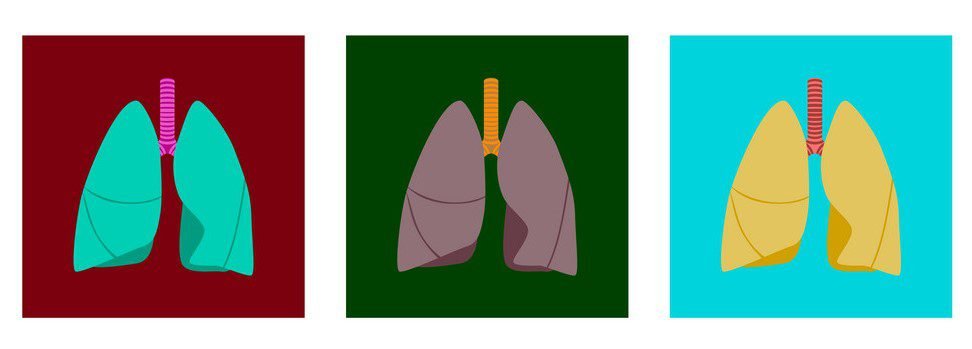
As a healthcare practitioner for over 26 years, I am well placed to observe clients/patients breathing patterns. One thing that has become obvious to over that time is that most people now seem to have a baseline of chronic stress that has become normalized. I observe this in their; demeanor, muscle tension, speed of speech, symptoms reported and most importantly by how rapid and shallow their breathing has become. This breathing pattern has become their set point i.e., normalized.
Why is this the case? It is because life has speed up, people are hyper connected and stimulated, financial and relationships issues more prevalent, poor sleep hygiene, virtually no down time, is just a short list. Being in low grade chronic stress has become habituated and this is reflected in our breathing patterns. When our sympathetic nervous system is over active as it is when we are stressed, we breath in the upper part of our chest (upper lungs) and it becomes more rapid to compensate for the decreased volume compared with deep abdominal breathing which occurs when relaxed. We also recruit muscles of the neck and shoulders to help support this breathing pattern. The muscles between the ribs have to work harder as well. This all leads to greater muscle tension and it can form a positive feedback loop making the stress worse.
As human beings we are not built to be in this state constantly. The stress response is there as a survival mechanism. When a threat occurs the body switches from ‘rest and digest’ – parasympathetic nervous system dominant to sympathetic nervous system response; fight and flight (the stress response). Once the threat passes we should naturally come back into our parasympathetic state. In order for our breathing and stress response to come back to homeostasis we need to relax the body-mind back to the setpoint of rest and digest.
This is where our Qigong and Taijiquan comes in. Ideal for relaxing the body-mind, and also training our breathing pattern.
Breathing correctly is one of the three pillars or ‘treasures’ of Qigong. Qigong is often referred to as a body-mind-breath practice. So when practicing Qigong we cultivate; 1. The body via the postures, correct alignment and our movements; 2. The mind, our metal focus, awareness and intent; 3. Breathing correctly and in sync with our movements and focus. Correct breathing is also very important in Taijiquan.
When first starting out as a beginner we spend most of our focus and effort on learning, and getting the movements correct in our practice of Qigong and Taijiquan. At this stage the breathing is secondary and should be allowed to follow your ‘natural’ rhythm. As we progress and the movements become known, we can coordinate our breathing with our movements. This also involves encouraging deeper, relaxed abdominal breathing. For this to happen we need to spend a few moments consciously relaxing the body; the neck, shoulders, back straight but relaxed…the body not tensed. The breathing itself shouldn’t be forced either. When breathing in we should allow the belly to relax expanding outward, inviting the diaphragm to expand more fully thus allowing the lungs to take in a greater volume of air.
This is why we spend some time practicing breathing after our warm-up in class. At its simplest this involves standing with the knees off lock, relaxing the body and taking our awareness to our breath. This can be done by taking our focus to our chest rising and expanding, or the sensation of the air in our nasal passage. After a minute of two of this we can invite the belly to expand a little more on our inhalation, encouraging the lungs to fill more. It is important to do this in a very relaxed manner and progressively. The aim is not only to train our breathing pattern, but also to reduce our stress load. Sometimes it can be helpful to even imagine or visualize the air traveling in through the nose and down to our belly or lower Dantian. This practice can be done sitting when at home. Regular practice will retrain your breathing mechanism.
When combining our breathing with the movements of Qigong generally we breathe in when rising up, and our arms moving outward or upward. Then exhaling as we sink down or bring the arms inward or down. For example in the first movement of the ShiBaShi – waving hands; as we bring our hands up to shoulder height and width we breath in, commencing the breath as the hands commence and completing it as the hands arrive at shoulder height. We commence the exhale as the arms/hands and knees begin to drop and complete the exhale as the hands reach a position just above the thighs and the knees bent.
Breath is life! Breathing correctly allows us to be vital and healthy. The quality of our breathing affects the quality of our life. I would recommend practicing 5-10 minutes of deep relaxed abdominal breathing at home every day.

Attribution: Images courtesy VectorStock.com